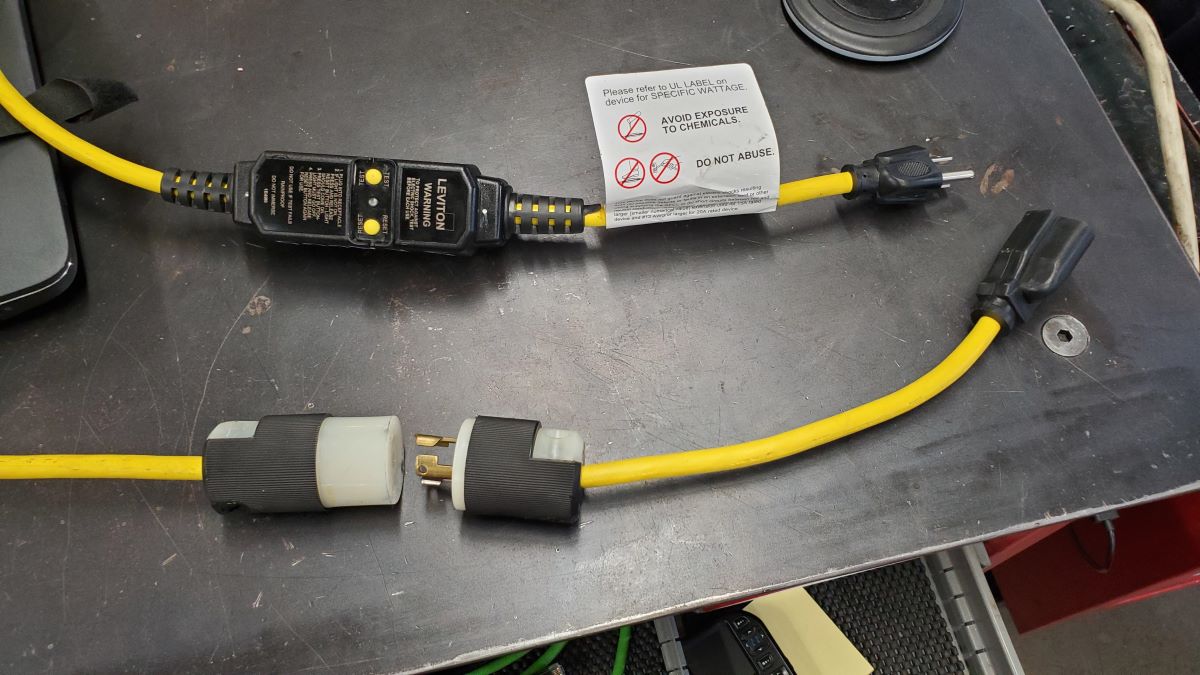

Articles
How To Lock An Electrical Cord
Modified: January 19, 2024
Learn how to securely lock an electrical cord in place with this informative article. Find step-by-step instructions and helpful tips.
(Many of the links in this article redirect to a specific reviewed product. Your purchase of these products through affiliate links helps to generate commission for Storables.com, at no extra cost. Learn more)
Introduction
Securing and locking electrical cords is an important safety measure that can prevent accidents and potential hazards. Whether you need to lock an electrical cord to prevent unauthorized access or to keep it safely in place, there are various methods you can use. This article will guide you through the step-by-step process of locking an electrical cord, ensuring both the safety of the cord and those around it.
Locking an electrical cord is especially crucial in environments where there are children, pets, or valuable equipment. By implementing a reliable locking method, you can minimize the risk of tripping over loose cords, unintentional unplugging, or damage caused by tampering. Additionally, securing an electrical cord can also prevent unauthorized or accidental disconnection, ensuring a consistent power supply to your devices.
Before diving into the steps of how to lock an electrical cord, ensure you have the necessary materials readily available. These may include cable locks, zip ties, cord organizers, electrical tape, or any other suitable locking devices. It’s important to choose a locking method that suits your specific needs and the environment you’re working in.
Now, let’s proceed to the step-by-step process of locking an electrical cord to promote safety and prevent potential hazards.
Key Takeaways:
- Secure electrical cords to prevent accidents and hazards. Gather necessary materials and choose the right locking method for your specific needs and environment. Test the locked cord and implement additional safety precautions for a safer environment.
- Locking an electrical cord is crucial for safety. Prepare the cord, choose a suitable locking method, and conduct thorough tests. Implement additional safety precautions to minimize risks and ensure a secure environment.
Read also: 15 Amazing Electrical Cord Lock for 2024
Step 1: Gather necessary materials
The first step in locking an electrical cord is to gather all the necessary materials. Having the right tools and equipment on hand will make the process smoother and more efficient. Here are some common items you might need:
- Cable locks: These locks are designed specifically for securing electrical cords. They typically have a combination or key lock mechanism that keeps the cord firmly in place.
- Zip ties: Zip ties are inexpensive and easy to use. They can be wrapped around the cord to secure it tightly, preventing it from being easily moved or unplugged.
- Cord organizers: Cord organizers are handy devices that can hold multiple cords together and prevent tangling. They often come with built-in locking mechanisms or can be used in conjunction with other locking methods.
- Electrical tape: Electrical tape can be used to secure cords temporarily or to reinforce other locking methods. It provides an extra layer of stability and prevents accidental disconnection.
- Padlocks: If you’re looking for a more robust locking solution, padlocks can be used with cable locks or other locking devices to provide additional security.
It’s essential to choose the appropriate locking method based on your specific needs. Consider factors such as the environment where the cord will be used, the level of security required, and the ease of installation and removal. For example, cable locks are ideal for outdoor environments or areas with a high risk of tampering, while zip ties might be more suitable for temporary setups or situations where frequent access is necessary.
Once you have gathered all the necessary materials, you can proceed to the next step of identifying the locking method that best suits your requirements.
Step 2: Identify the locking method
After gathering the necessary materials, the next step in locking an electrical cord is to identify the most suitable locking method for your specific needs. There are several options available, each with its own advantages and considerations:
- Cable locks: Cable locks are designed specifically for securing electrical cords. They usually consist of a combination or key lock mechanism that holds the cord firmly in place. Cable locks provide a high level of security and are difficult to remove without the correct key or combination.
- Zip ties: Zip ties are inexpensive and readily available in various sizes. They can be easily wrapped around the cord and tightened to secure it in place. Zip ties are quick to install and provide a reliable lock, but keep in mind that they may need to be cut and replaced if the cord needs to be removed or rearranged.
- Cord organizers: Cord organizers are convenient devices that can hold multiple cords together and prevent tangling. They often come with built-in locking mechanisms or can be used in combination with other locking methods. Cord organizers are particularly useful for organizing cords in offices, entertainment systems, or any space with multiple devices.
- Electrical tape: Electrical tape can be used to temporarily secure cords or reinforce other locking methods. It provides a flexible and adjustable solution, allowing you to easily remove or reposition cords when needed. However, electrical tape may not provide the same level of security as other locking methods.
- Padlocks: For additional security, you can use padlocks in combination with cable locks or other locking devices. Padlocks provide a physical barrier that prevents unauthorized access or tampering. They are especially useful for outdoor applications or high-security environments.
Consider the specific requirements of your situation, such as the level of security needed, the ease of installation and removal, and any unique considerations for the environment. By identifying the most suitable locking method, you can proceed to the next step of preparing the cord for locking.
Step 3: Prepare the cord for locking
Before you can proceed with locking an electrical cord, it’s important to properly prepare the cord to ensure a secure and effective lock. Follow these steps to prepare the cord:
- Clean the cord: Make sure the cord is free from dust, debris, or any other substances that could interfere with the locking mechanism. Use a clean cloth or brush to remove any dirt from the surface of the cord.
- Straighten the cord: If the cord is tangled or twisted, straighten it out to ensure a neat and even lock. This will prevent any stress on the cord and ensure a secure connection.
- Identify the locking point: Determine the ideal location on the cord where you want to place the lock. This can be near the electrical socket or any other convenient spot that provides easy access and minimizes the risk of accidental disconnection.
- Bundle the cord if necessary: If you’re dealing with multiple cords or a long cord, consider bundling them together using cord organizers or cable ties. This will not only make the locking process easier but also prevent tangling and ensure a tidy appearance.
- Position any additional accessories: If you’re using cord organizers, attach them to the cord at the desired location before proceeding with the locking method. This will ensure that the organizers are properly positioned and aligned with the locking point.
By taking the time to prepare the cord before locking it, you will ensure a smooth and secure locking process. Additionally, this step helps to prolong the lifespan of the cord by reducing the risk of unnecessary strain or damage.
Now that the cord is prepared, you can move on to the next step of actually locking the electrical cord using your chosen method.
When locking an electrical cord, use a cable tie or twist tie to secure the cord in a loop. This will prevent it from becoming tangled or tripping hazard.
Step 4: Lock the electrical cord
Now that you have prepared the electrical cord, it’s time to proceed with the actual locking process. Follow these steps to effectively lock the cord:
- Cable locks: If you’re using a cable lock, position it around the cord at the desired locking point. Insert the locking mechanism into the lock housing and secure it by either setting the combination or locking it with a key. Ensure that the lock is tightly secured, creating a firm grip on the cord.
- Zip ties: For zip ties, place the tie around the cord at the desired locking point and pull it tightly. Insert the pointed end of the tie into the locking mechanism and pull it until the tie is secure. Use scissors or wire cutters to trim off any excess length.
- Cord organizers: If you’re using cord organizers with built-in locking mechanisms, position them around the cords and engage the locking mechanism to secure them in place. Some cord organizers may require pressing buttons or sliding mechanisms to lock them securely.
- Electrical tape: To secure the cord with electrical tape, wrap the tape tightly around the cord at the desired locking point. Make sure to overlap the tape and create several layers for added strength. Ensure that the tape is smooth and free from any air bubbles or gaps.
- Padlocks: If you’re using padlocks in combination with cable locks or other locking devices, follow the instructions provided with the specific padlock to secure it in place. Place the padlock through the locking point of the cable lock or device and secure it by either setting the combination or locking it with a key.
During the locking process, ensure that the cord is held securely and doesn’t have any looseness or movement. Wiggle the cord gently to verify that it remains locked in place. This will help prevent accidental disconnection and ensure a stable power supply.
Choose the method that best suits your needs and preferences, considering factors such as security, accessibility, and ease of use. Once the cord is successfully locked, proceed to the next step of testing the locked cord to ensure its effectiveness.
Read more: How To Fix Cord Lock On Blinds
Step 5: Test the locked cord
After locking the electrical cord, it’s essential to test the integrity of the lock to ensure that the cord remains securely in place. Follow these steps to conduct a thorough test of the locked cord:
- Tug test: Gently tug on the cord to check if it has any give or movement. The lock should hold the cord firmly, with no slippage or loosening. If you notice any significant movement or the cord becomes dislodged, readjust the lock or try a different locking method for a more secure hold.
- Twist test: Twist the cord in different directions to simulate normal movements and usage. The lock should prevent excessive twisting or tangling of the cord, maintaining a stable and secure connection. If the cord easily tangles or the lock gets undone, consider reinforcing the locking method or exploring alternative options.
- Plug test: While maintaining the locked position, plug in the cord to an electrical outlet or device. Ensure that the lock does not interfere with the proper connection or cause any strain on the cord. If there are any issues, adjust the lock’s position or consider using a different locking method that accommodates the plug without compromising functionality.
- Periodic inspection: Regularly inspect the locked cord to ensure that the lock remains intact and that there are no signs of wear or damage. Check for any frayed wires, loose connections, or signs of tampering. If you notice any issues, promptly address them by adjusting or replacing the lock as necessary.
By conducting these tests, you can have confidence in the effectiveness of the lock and ensure the safety of the cord. Regularly monitoring the locked cord and making necessary adjustments will help maintain the integrity of the lock and prevent any potential hazards or accidents.
Once you have successfully tested the locked cord, proceed to the final step of implementing additional safety precautions to further enhance cord safety.
Step 6: Additional safety precautions
While locking an electrical cord provides an added level of safety, it’s important to implement additional precautions to further enhance cord safety. Consider these recommendations:
- Keep cords away from water: Avoid placing locked cords near water sources or in areas prone to moisture. Water can damage the cord and pose an electrical hazard. Ensure that cords are kept dry and protected from any potential water exposure.
- Avoid overloading outlets: Do not overload electrical outlets by plugging in too many devices or appliances into a single outlet. Use power strips or surge protectors with built-in overload protection to distribute the electrical load safely.
- Inspect cords regularly: Perform regular visual inspections of the locked cords to check for any signs of wear, fraying, or damage. If any issues are detected, replace the cord or repair it immediately to prevent potential hazards.
- Unplug safely: When needing to remove a locked cord, always unplug it from the electrical outlet by grasping the plug and pulling it straight out. Do not yank or tug on the cord, as this can damage the cord or the locking mechanism.
- Provide proper cord management: Aside from locking cords, ensure they are properly organized and managed to prevent tangling, tripping hazards, or accidental pulling. Use cable management solutions such as cord clips, cable covers, or cord channels to keep cords neatly arranged and out of the way.
Implementing these additional safety precautions will help minimize the risk of accidents, electrical hazards, and damage to both the electrical device and the cord. It’s important to foster a safe environment by being proactive and attentive to cord safety practices.
By following these steps and precautions, you can effectively lock an electrical cord and promote a safer environment for yourself, your family, pets, and valuable equipment. Remember to review your specific needs, choose the appropriate locking method, and conduct regular inspections to ensure the ongoing safety and functionality of the locked cords.
As always, prioritize safety when working with electricity and seek professional assistance if needed.
Conclusion
Locking an electrical cord is a crucial step in ensuring the safety of your home or workplace. By implementing the appropriate locking method, you can prevent tripping hazards, unauthorized access, accidental disconnection, and potential damage to valuable equipment. Following the step-by-step process outlined in this article, you can effectively lock an electrical cord and create a safer environment for everyone involved.
We began by emphasizing the importance of gathering the necessary materials, including cable locks, zip ties, cord organizers, electrical tape, or padlocks. These tools are essential for securing the electrical cord and preventing unwanted movement or manipulation.
Next, we discussed the various locking methods available, such as cable locks, zip ties, cord organizers, electrical tape, and padlocks. Each method offers its own advantages and considerations, and it’s important to choose the one that best suits your specific requirements and environment.
We then delved into the process of preparing the cord for locking, which involves cleaning the cord, straightening it, identifying the locking point, and bundling the cords if necessary. Taking these steps ensures a smooth and secure locking process.
The subsequent step involved actually locking the electrical cord using the chosen method. Whether it’s using cable locks, zip ties, cord organizers, electrical tape, or padlocks, each method requires proper installation and securing to create a firm grip on the cord.
After locking the cord, it’s crucial to conduct a thorough test to ensure the lock holds the cord securely in place. Tugging, twisting, and plugging tests help determine the effectiveness of the lock and identify any potential issues that need to be addressed.
Lastly, we discussed the importance of implementing additional safety precautions, such as keeping cords away from water, avoiding overloading outlets, regularly inspecting cords, unplugging safely, and providing proper cord management. These precautions further enhance cord safety and minimize the risk of accidents or electrical hazards.
In conclusion, by following the step-by-step process, identifying the most suitable locking method, conducting tests, and implementing additional safety precautions, you can effectively lock an electrical cord and create a secure environment. Prioritize safety when working with electricity and promptly address any issues or concerns that arise. By doing so, you can enjoy the benefits of a safely secured electrical cord and peace of mind knowing that you have taken the necessary precautions to prevent potential hazards.
Frequently Asked Questions about How To Lock An Electrical Cord
Was this page helpful?
At Storables.com, we guarantee accurate and reliable information. Our content, validated by Expert Board Contributors, is crafted following stringent Editorial Policies. We're committed to providing you with well-researched, expert-backed insights for all your informational needs.
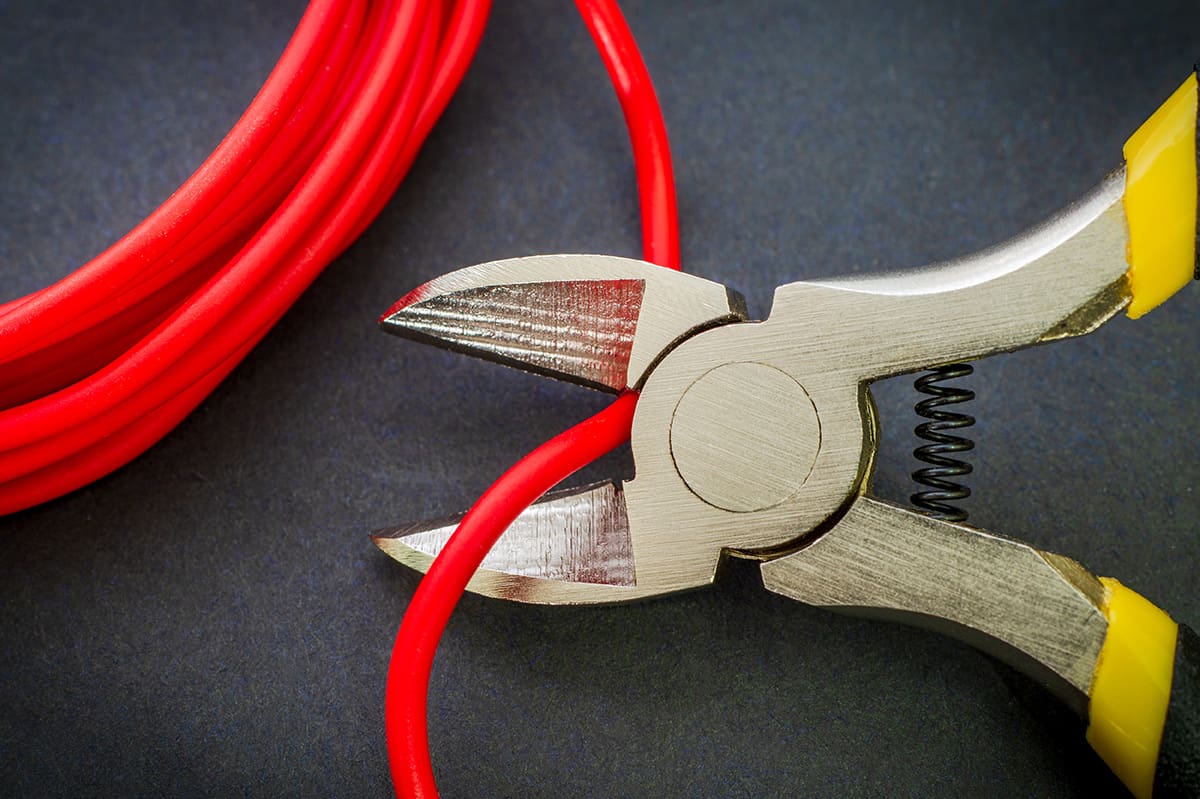
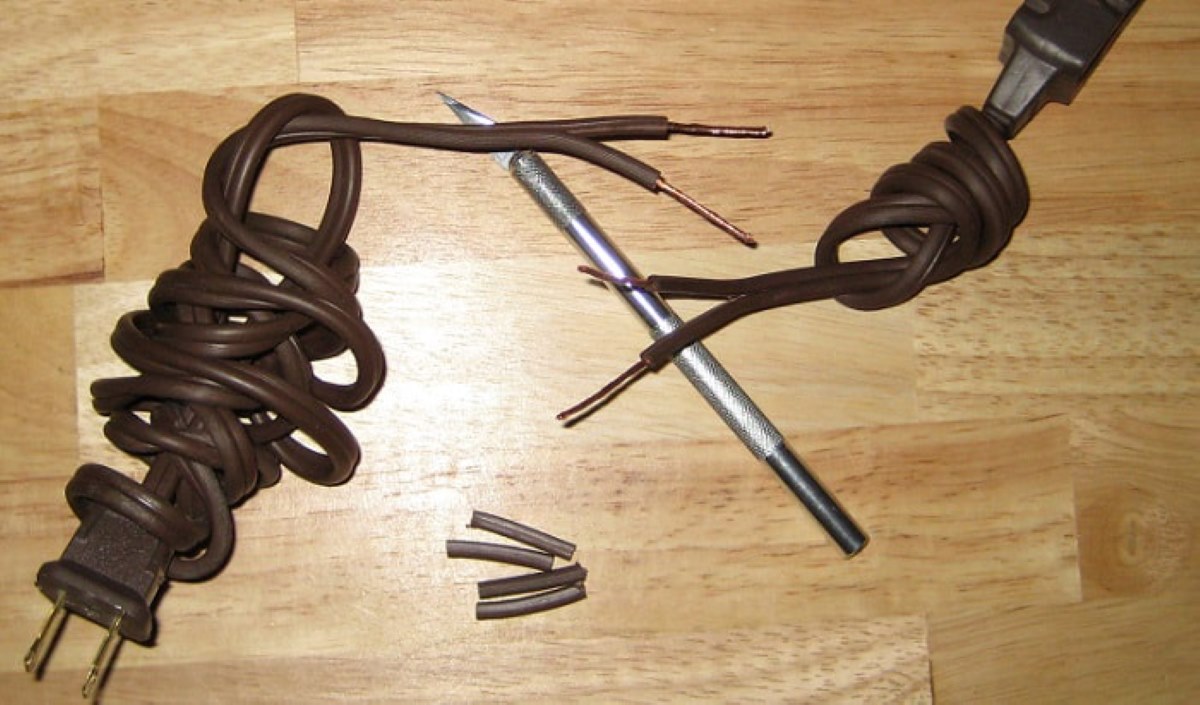
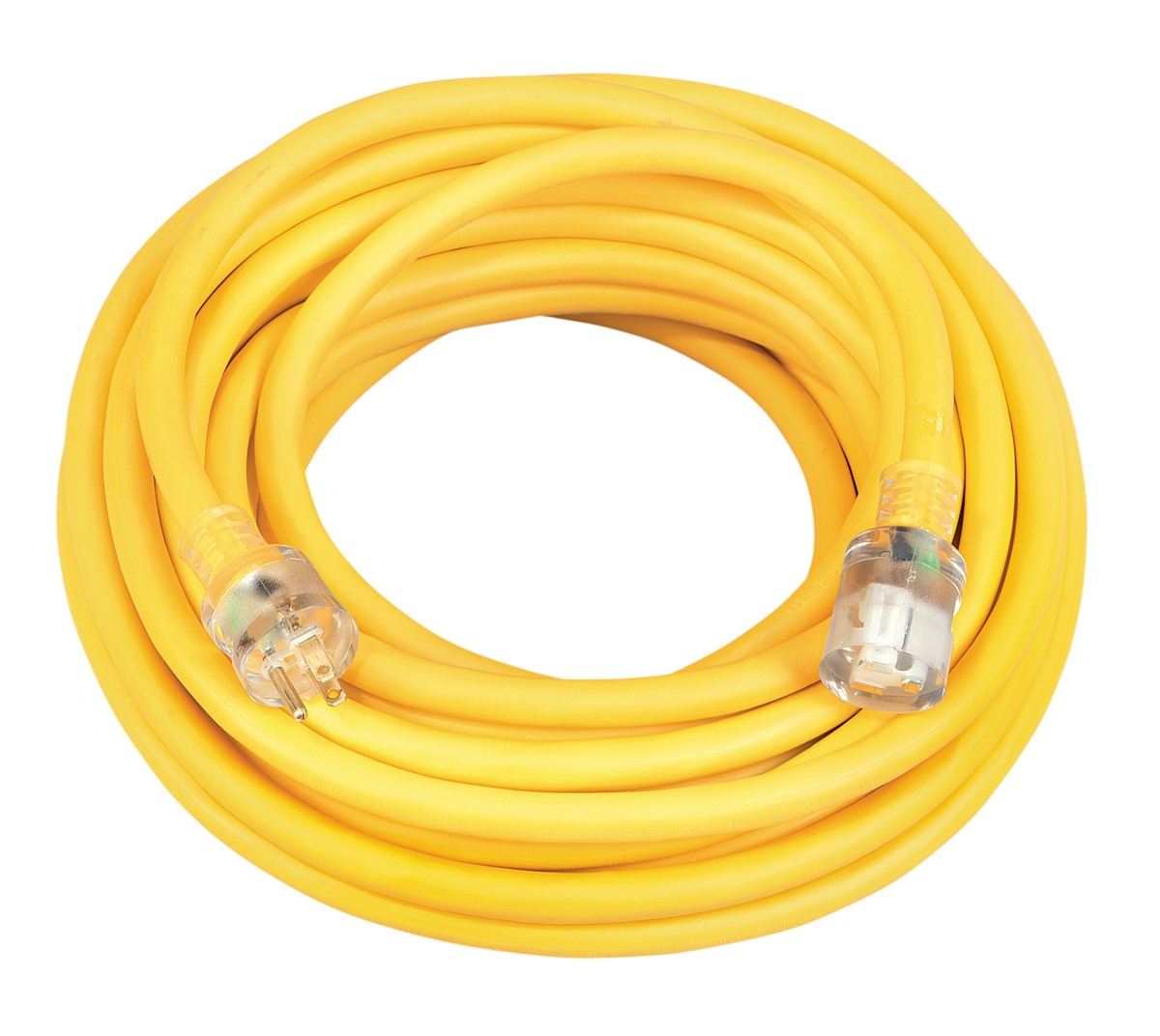
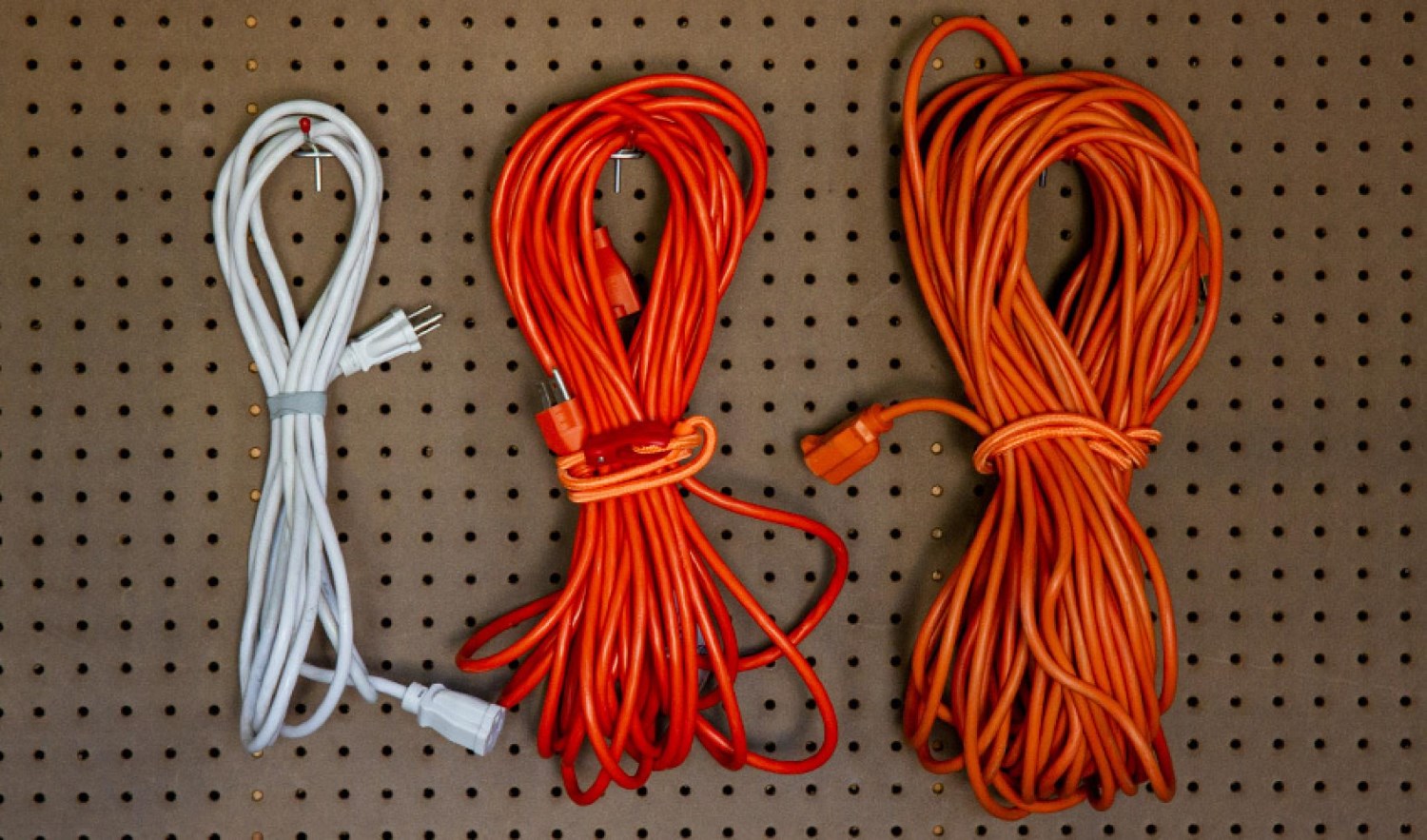
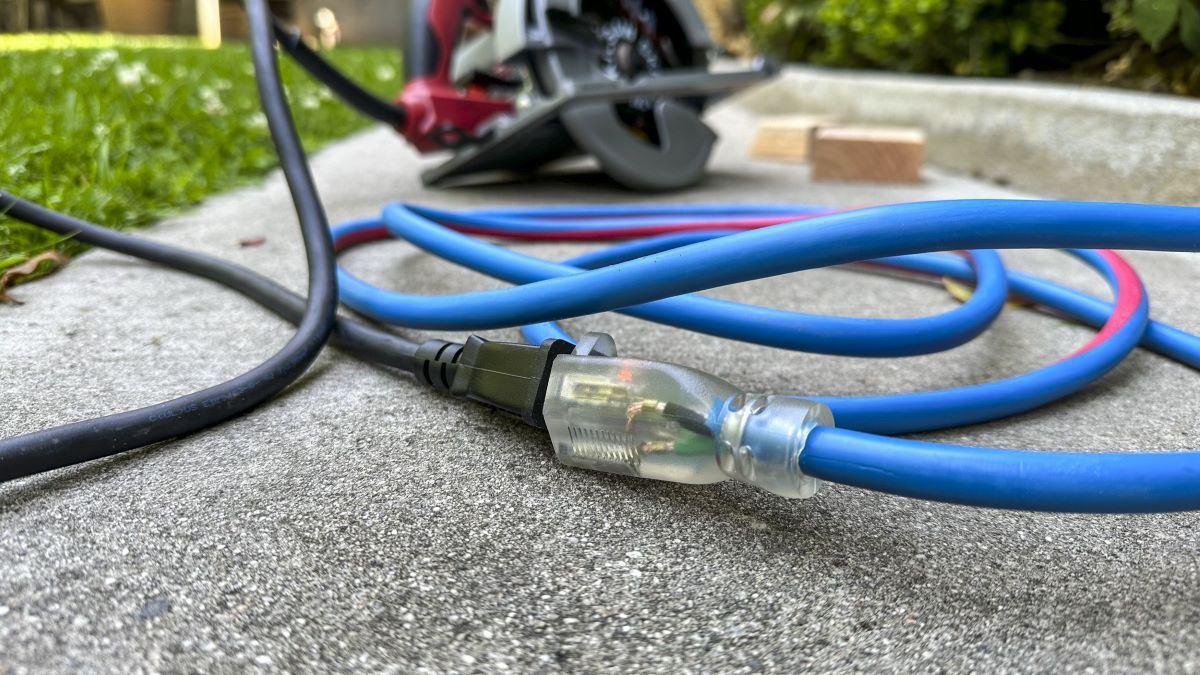
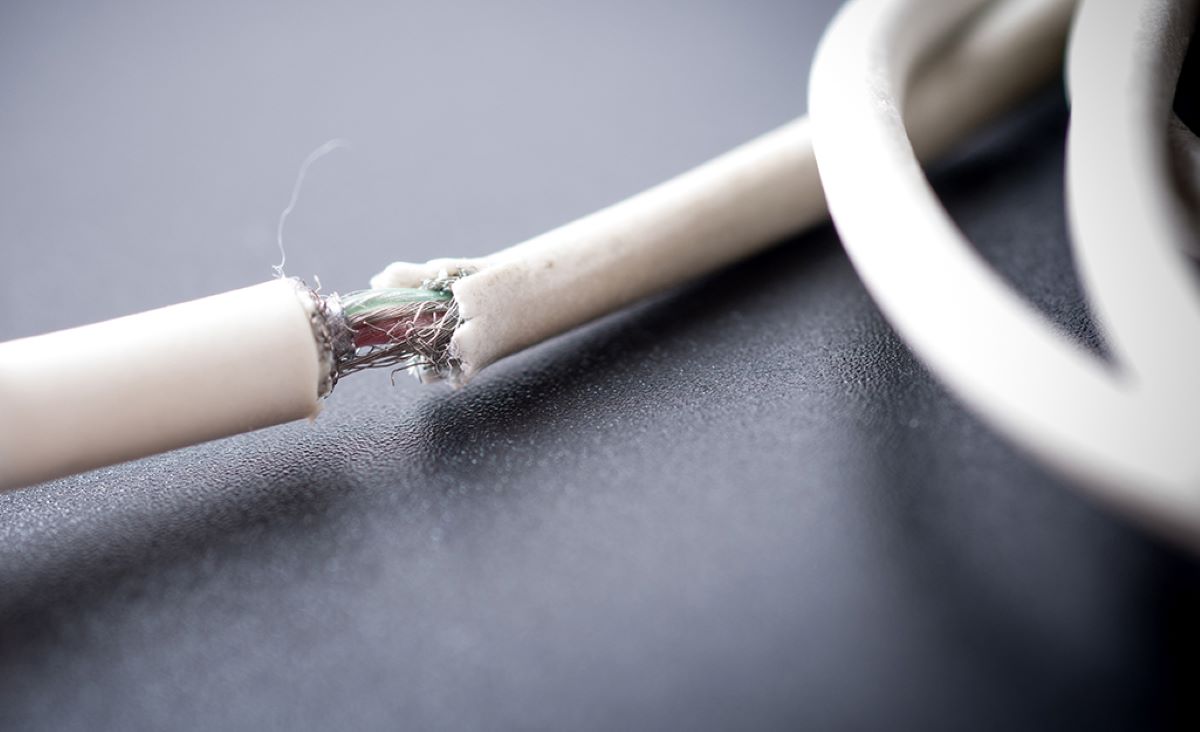
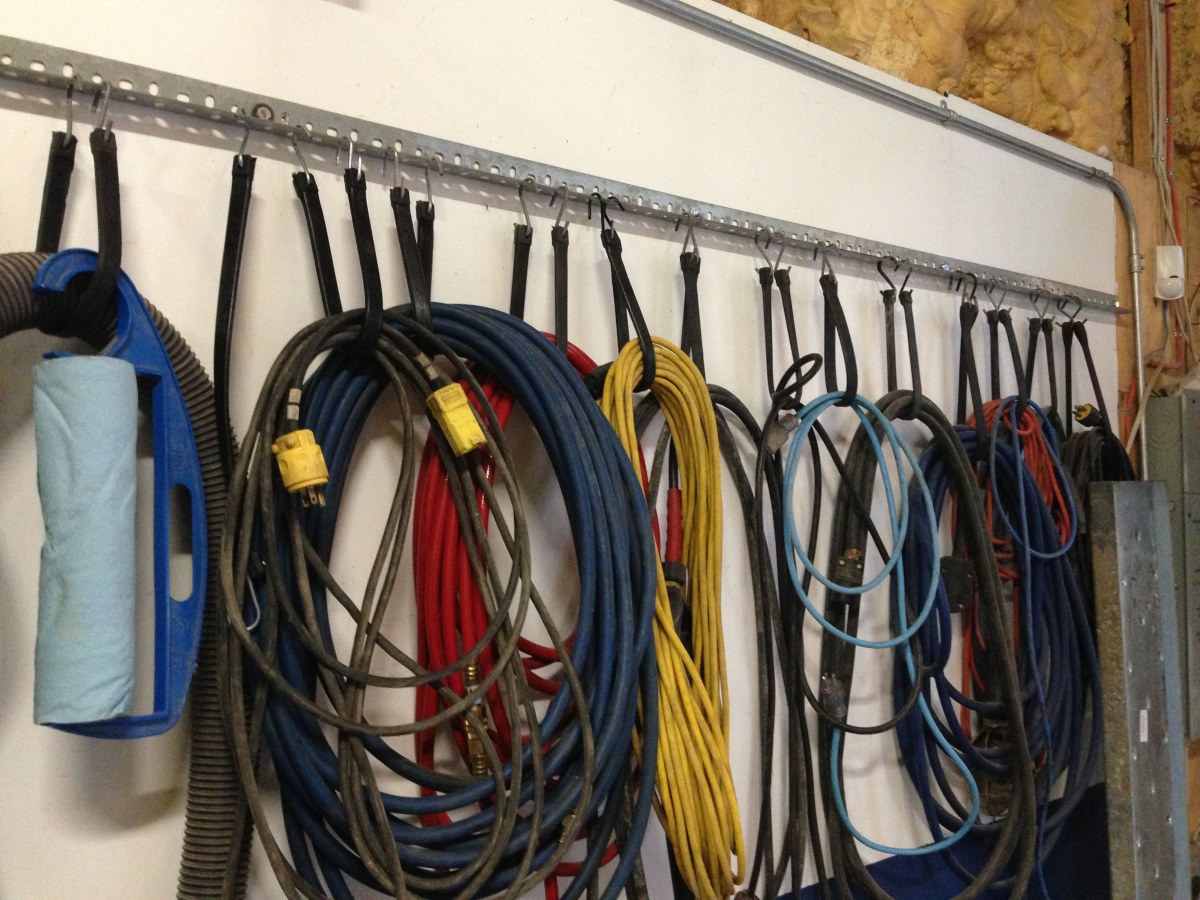
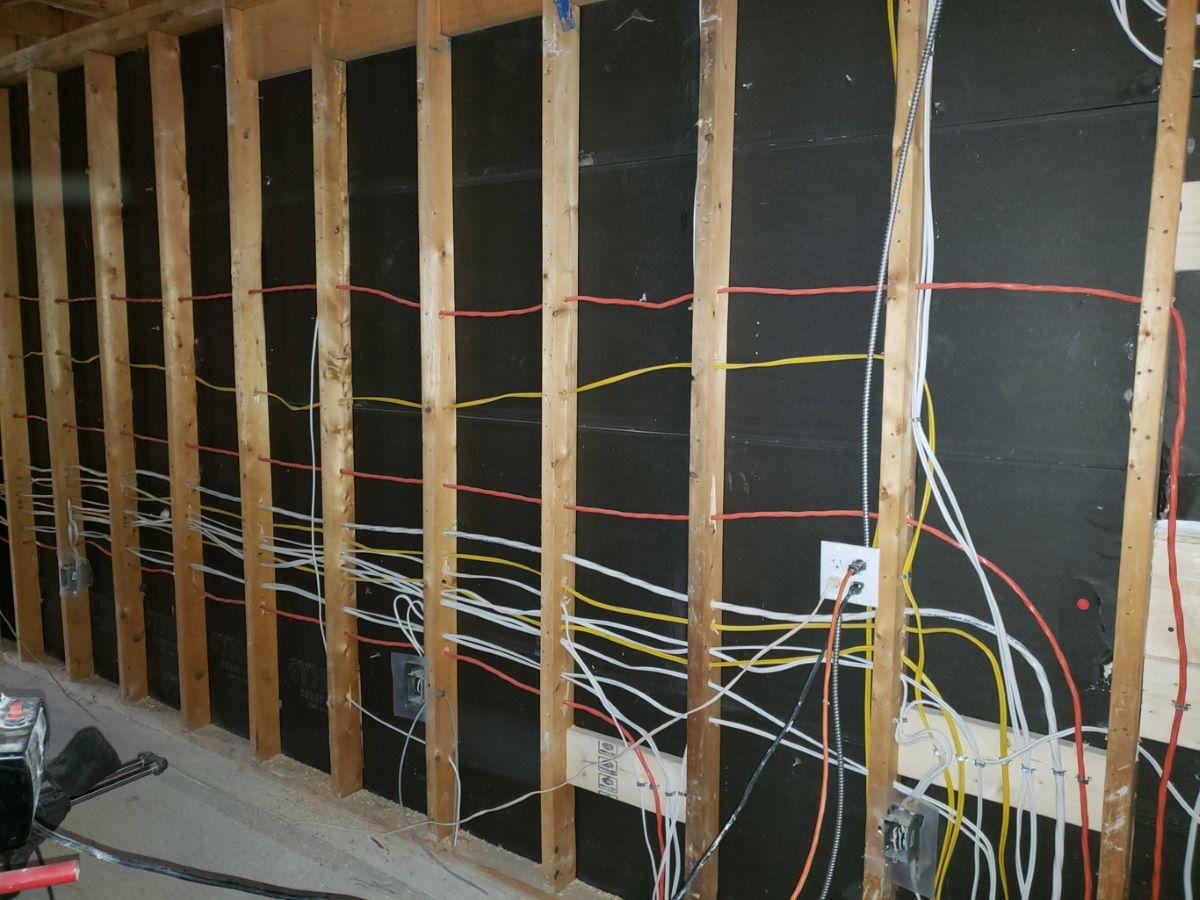
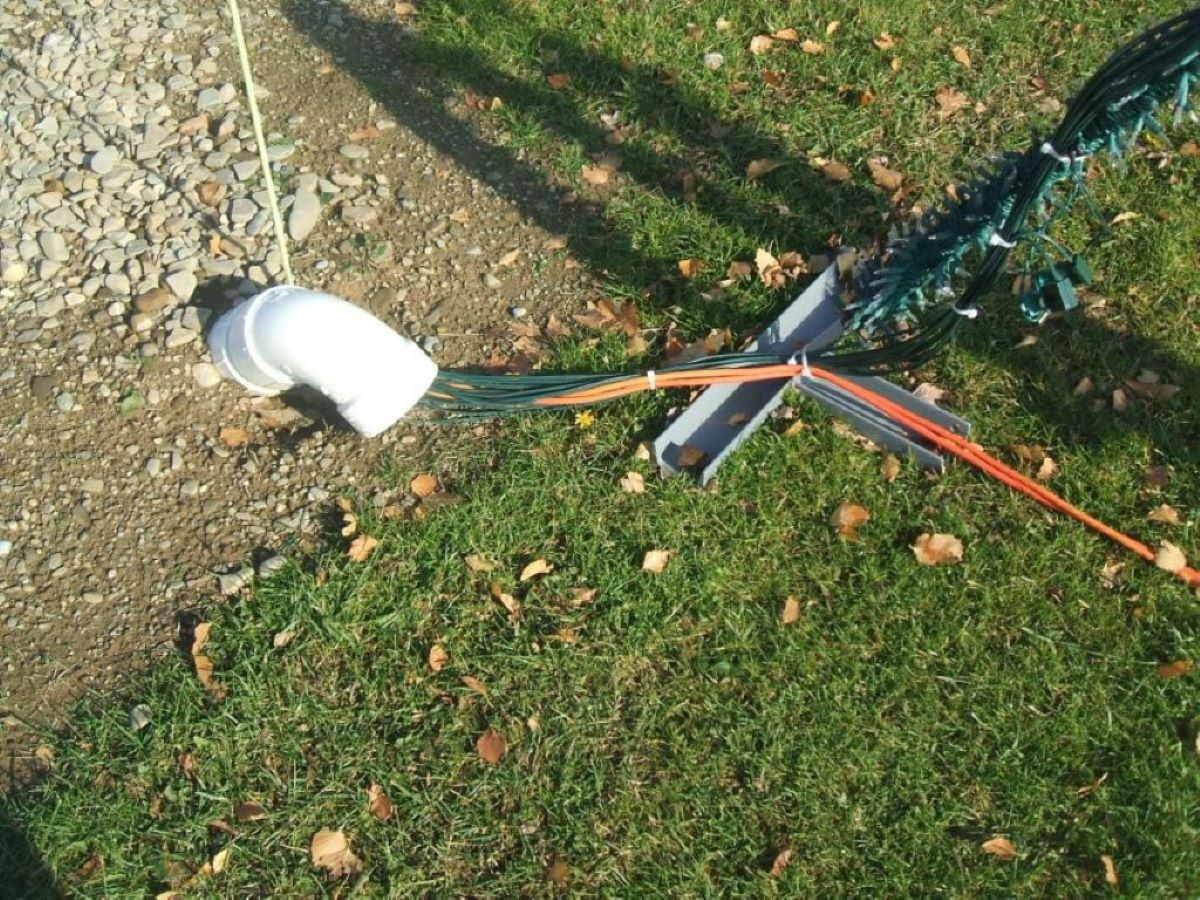
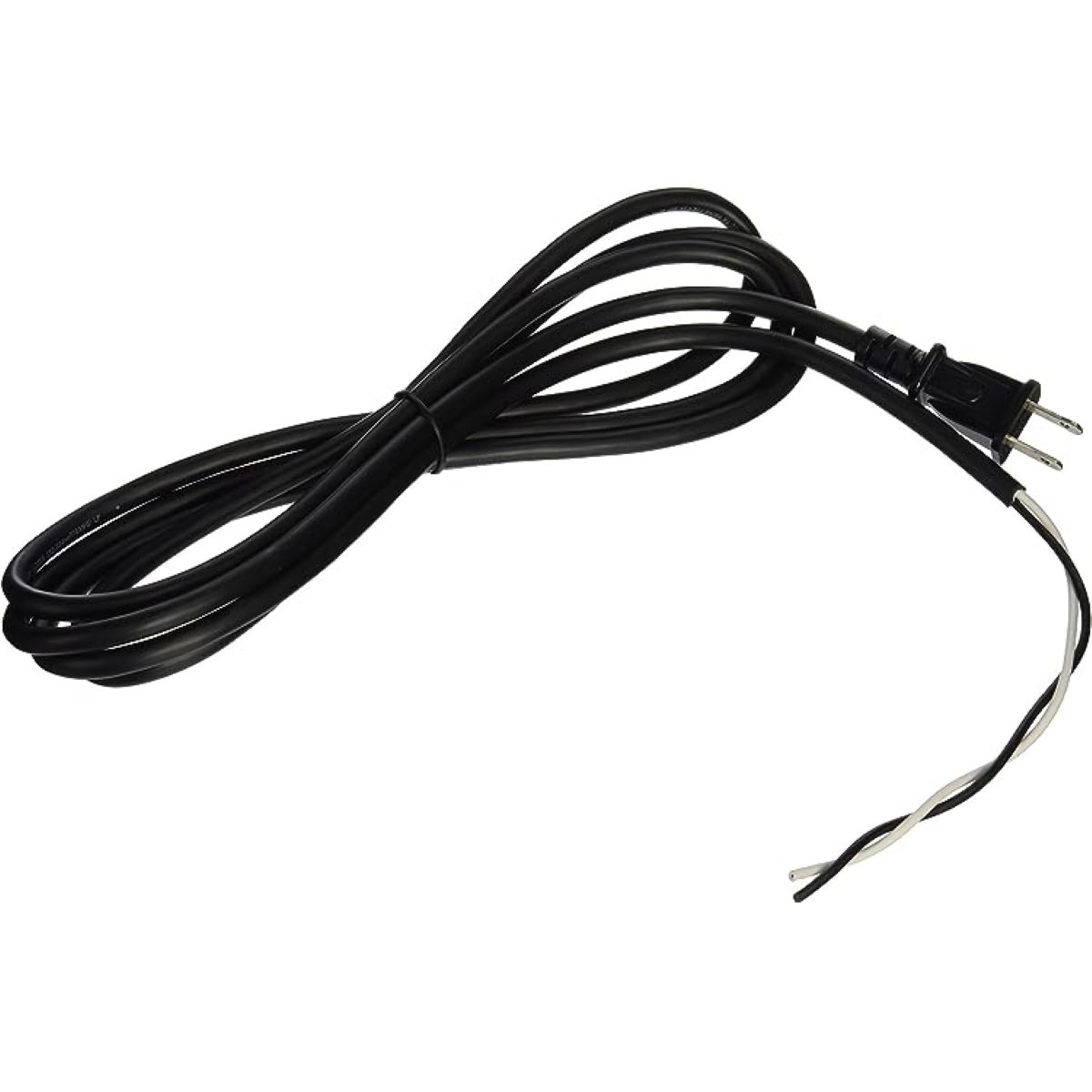
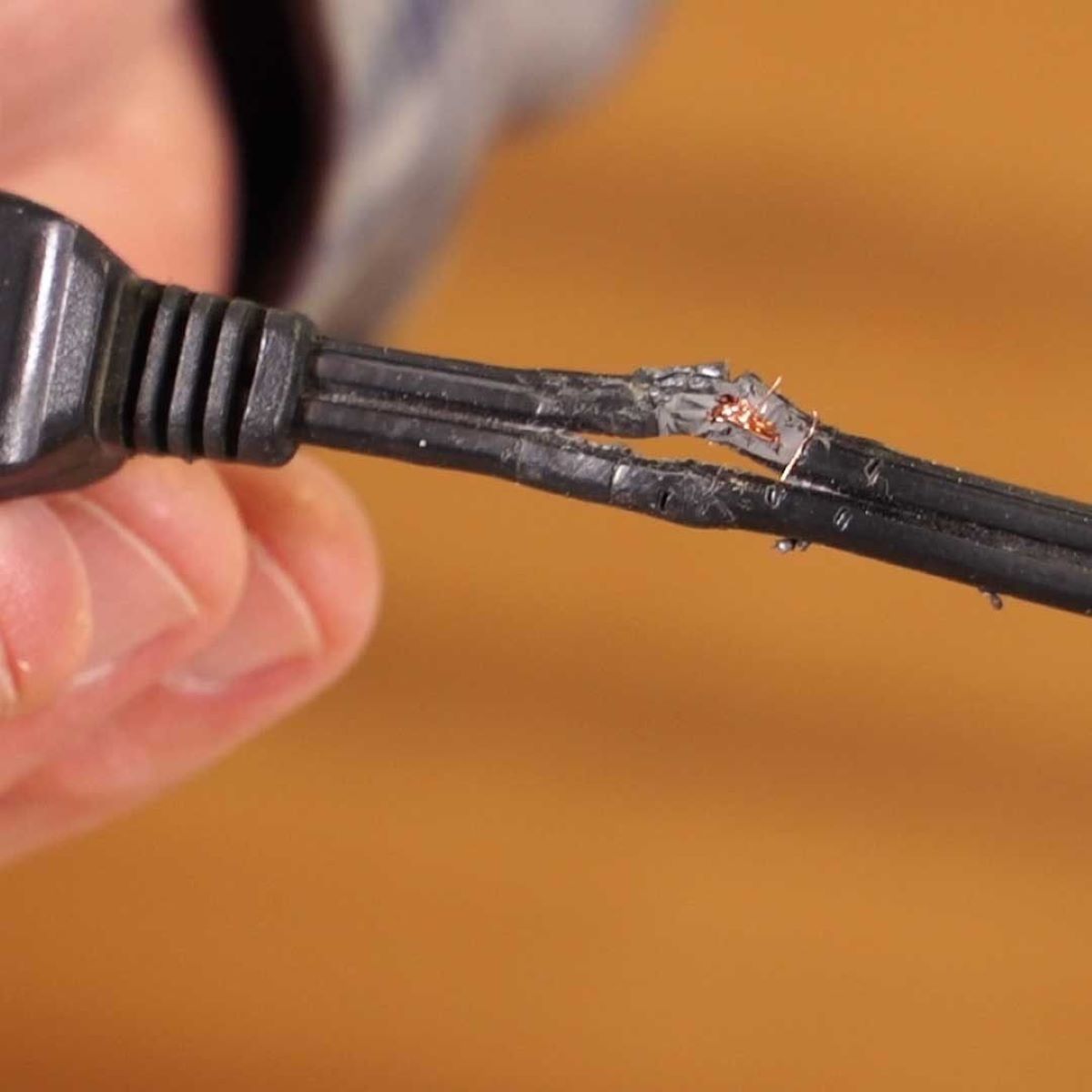
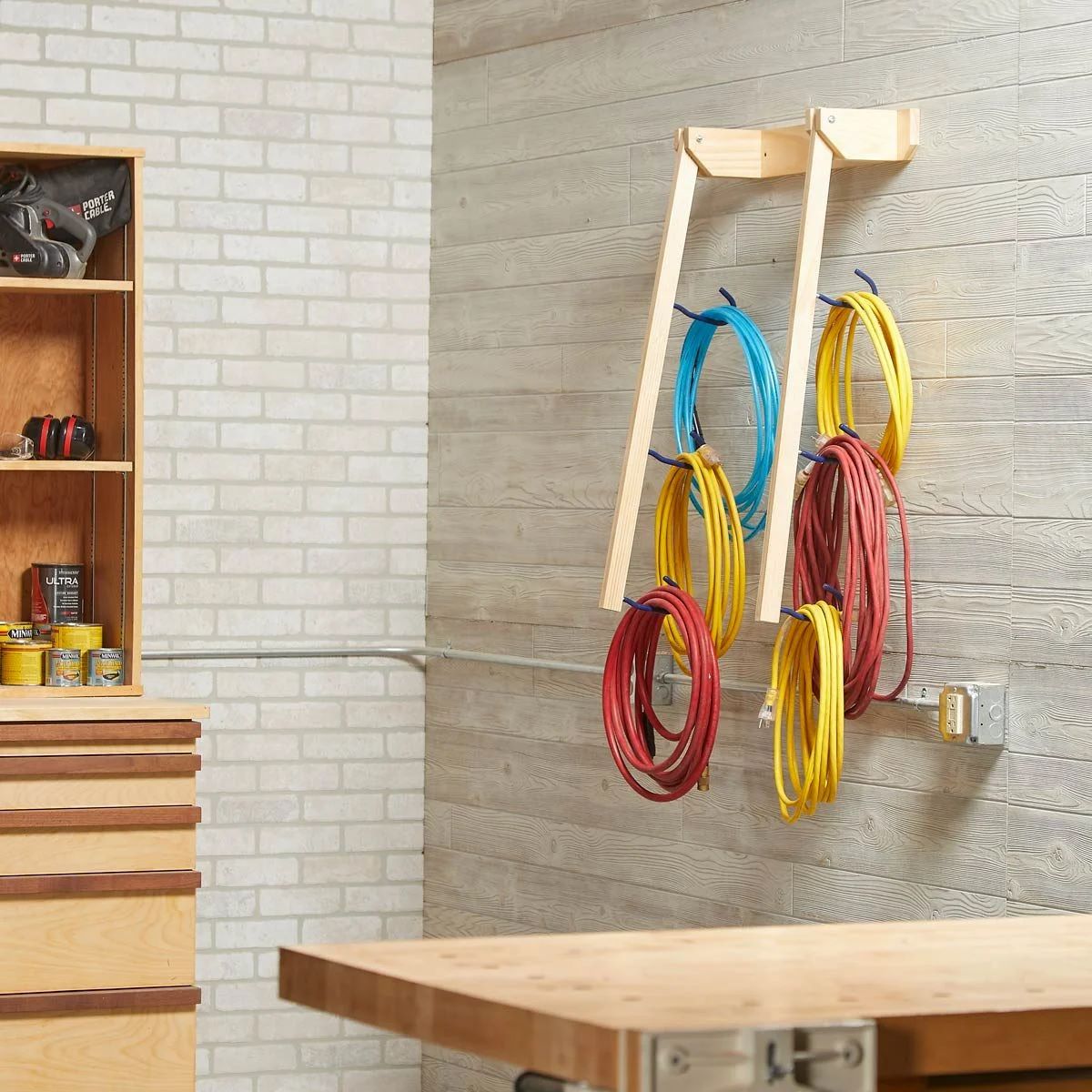
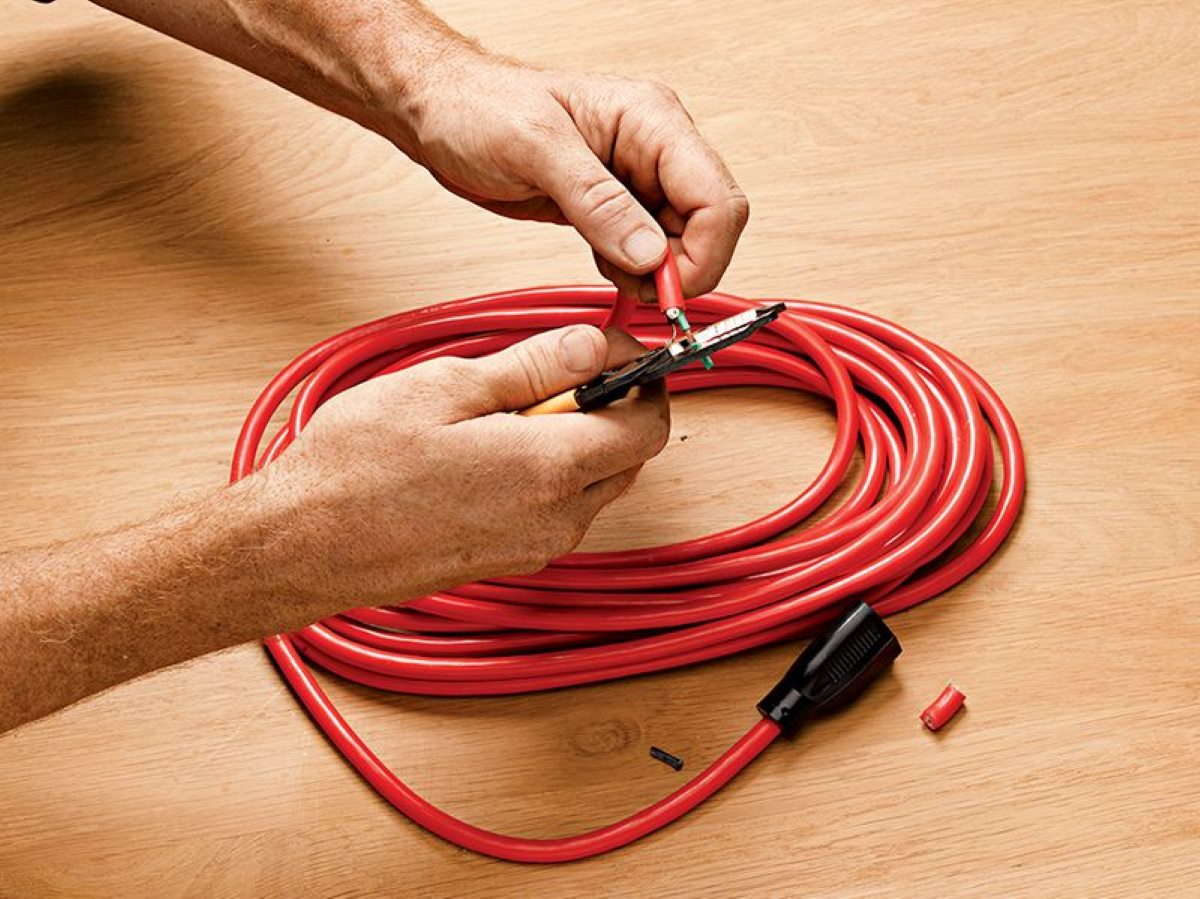
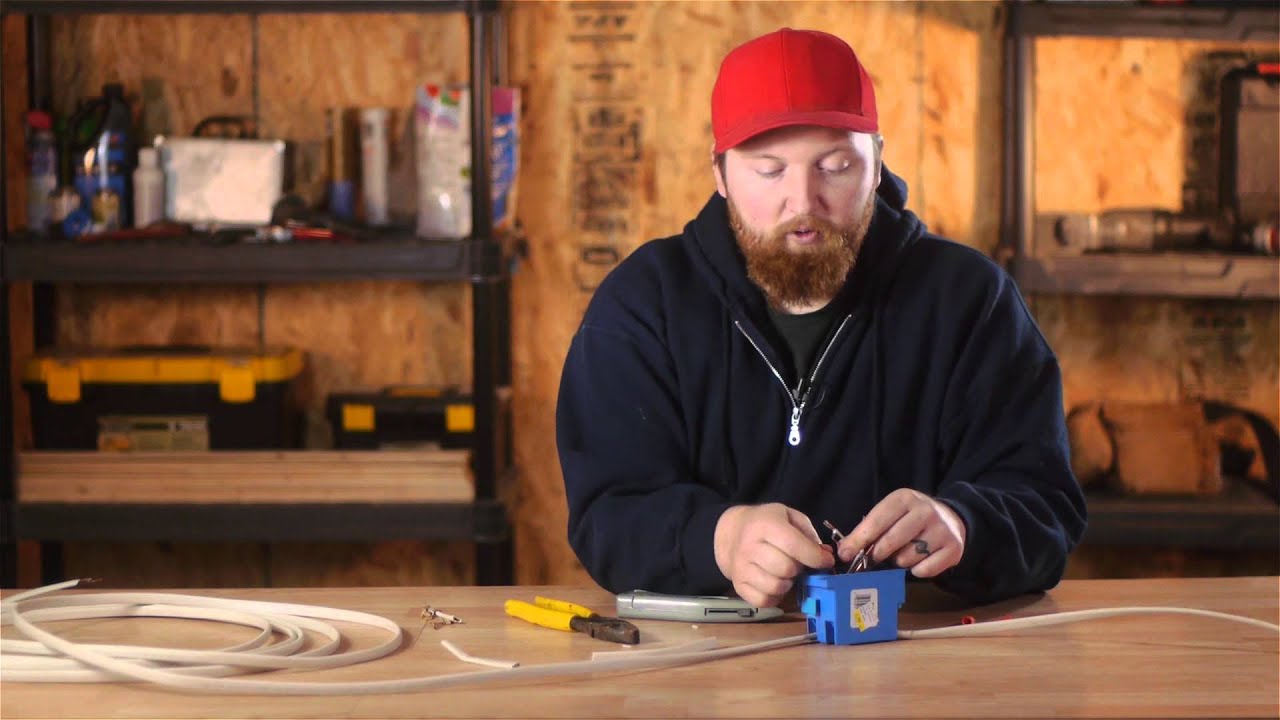

0 thoughts on “How To Lock An Electrical Cord”